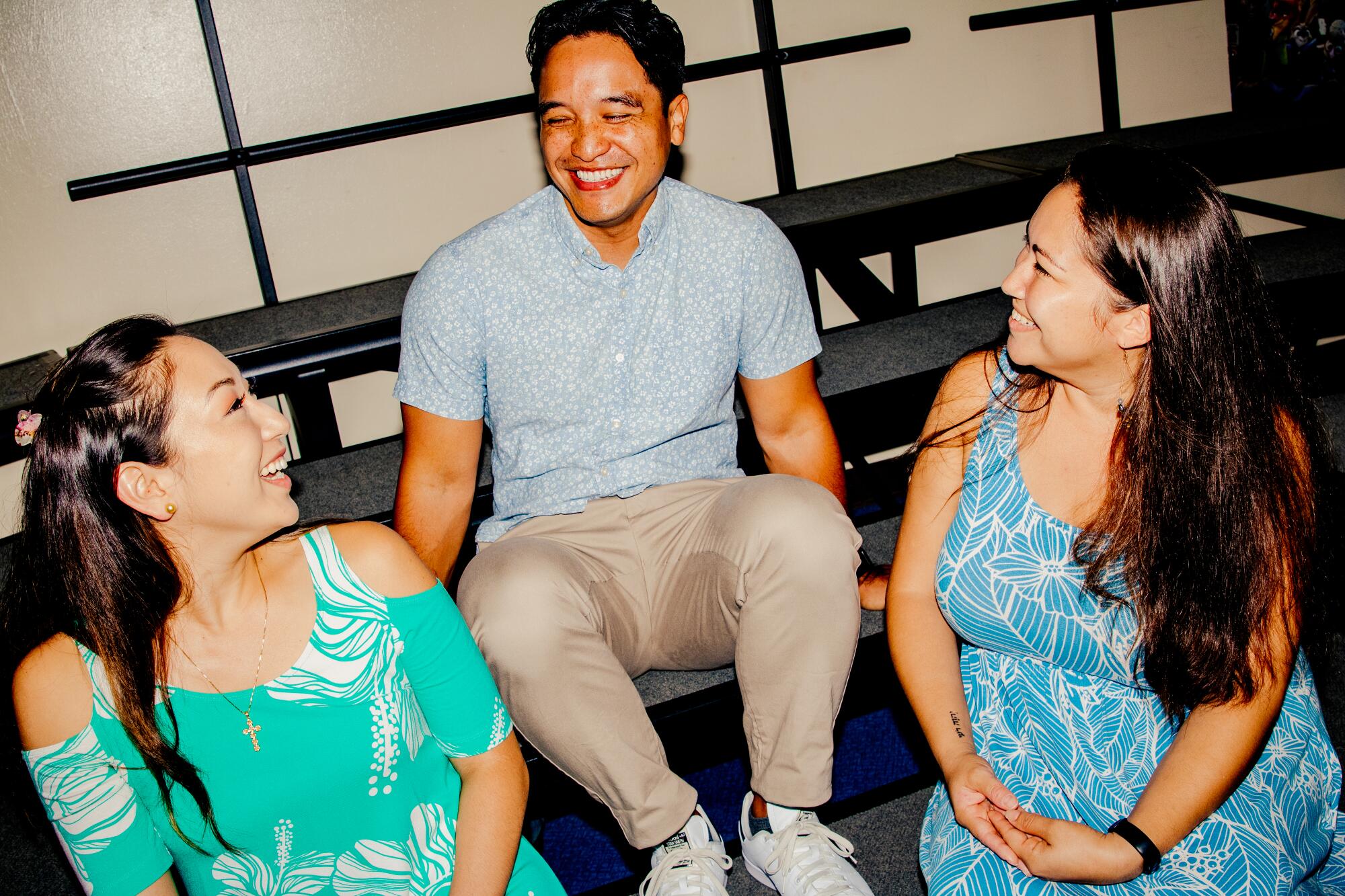
Longtime choir director Lynell Brightâs classroom is a shrine to Stitch, the fluffy, feisty pet alien from Disneyâs âLilo & Stitch.â The deceptively adorable face of the mischievous extraterrestrial is âeverywhere,â she says. And when students discover her affinity, they buy her stuffed-animal Stitches and draw her pictures of the beloved cartoon character to put on display with the rest of her collection.
The steering wheel and seats of Brightâs car â known as the âStitch mobileâ â are also covered in images of the fan-favorite fur ball. To some, the 57-year-old music teacherâs obsession might seem peculiar. Even incoming members of the Kamehameha Schools Childrenâs Chorus canât help but remark, âMrs. Bright, you really like Stitch...â upon entering her choir room for the first time.
But Bright and Stitch go way back â even further than the little blue monsterâs cinematic debut. More than two decades ago, she received a call from Disney inviting the chorus to record music for the soundtrack of an animated project then in the works.
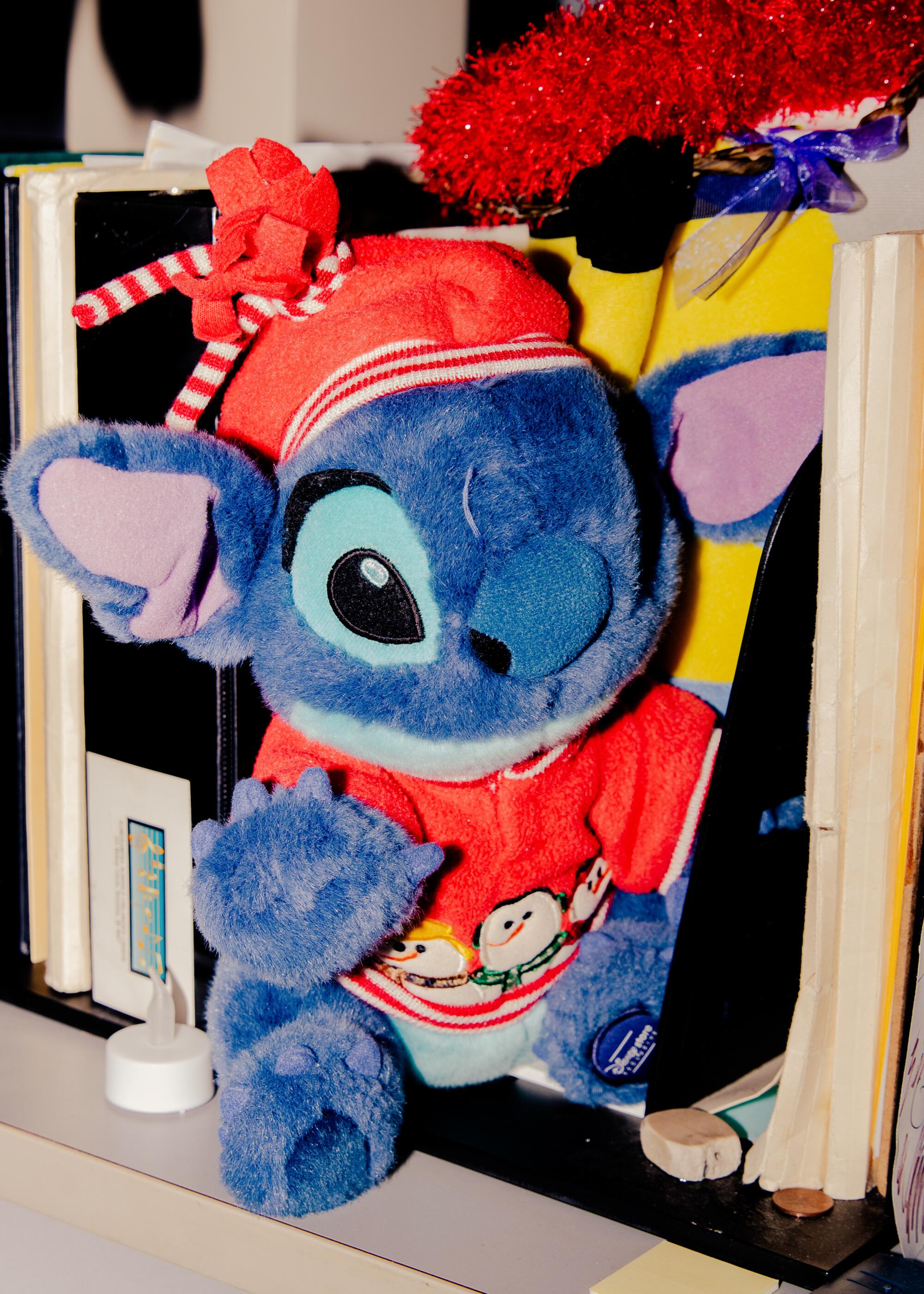
That project was âLilo & Stitch,â a quirky and emotional family film about orphaned Hawaiian sisters whose newly adopted âpuppyâ turns out to be an escaped lab experiment from outer space. The 2002 movie features a pair of standout tracks â âHe Mele No Liloâ and âHawaiian Roller Coaster Rideâ â sung in Hawaiian and English by Mark KealiĘťi HoĘťomalu and members of the Kamehameha chorus. Their angelic voices add an extra layer of beauty and cultural authenticity to the story of two outcast souls that form an unlikely friendship on the island of Kauai.
âThe kids have no idea the effect that they have on the audiences,â Bright said in a recent video interview.
âSometimes we have performances, and I see people touched and moved. And the kids, theyâre like, âOK, where is our lunch?â Thatâs important to them. ... But I always say, âTwenty years from now, theyâre gonna see what an impact their singing had on people.ââ
Itâs been 20 years since âLilo & Stitchâ opened in theaters, and the former members of the chorus â who were not much older than Lilo when the movie was made â have indeed come to understand the collective power of their performance.

âEspecially watching it now as an adult, you see the impact that it has,â said Kamehameha alum Paul Iona, a 32-year-old augmented-reality graphics producer who splits his time between Honolulu and L.A.
âItâs one of those films that you can gather so much at different times of your life. ... Itâs welcoming you into Hawaii as we would hope that people feel welcomed when they come to Hawaii. And I hope moviegoers were able to feel that, seeing that scene and then hearing our voices.â
Despite how young they were at the time, Iona and other former members of the chorus have retained vivid memories of working on the film. Getting selected to join the choir was already a big deal â but getting to sing original songs for a Disney movie was nothing short of âsurreal,â said Leimomi Kanagusuku, a 31-year old family medicine doctor on Oahu.
The chorus is made up of 100 students ages 9 to 12, but for recording purposes, the studio had to cut that number down to 40. Auditions were held, and the most expressive singers who effectively communicated the lyrics were chosen for the gig, Bright said.
âThatâs the hardest thing,â she added. âI hate auditions, because theyâre all great kids, and theyâre all good.â

Initially, the students were told only that they had been recruited to sing for a movie about âa girl and her dog.â They clung to the crumb of information about the mysterious project, fervently speculating as to what the names of the protagonist and her pup might be.
âWhen finally we found out the title, it was just such an odd name for a dog,â Iona said. âI couldnât fathom what it could possibly be at the time. ... It was such a funny progression of finding out more about the film and the story behind it.â
As Disney fed them additional details, the lucky group of fourth-, fifth- and sixth-graders were sworn to âsecrecy,â said Rachel Justice, a 33-year-old elementary-school teacher at Kamehameha on Oahu. The sheet music for the first number they learned, âHe Mele No Lilo,â was sealed in cryptic manila envelopes, and the kids werenât allowed to talk with anyone about what was inside.
âI might still have it somewhere, the original music in that envelope, because it seemed like it had to be so private and secret,â Justice said. âWe had no idea what the scope of it was gonna be or how it would impact my life. I mean, I was the oldest among us, but still we had no clue what we were getting into ... a small piece of a big puzzle.â

In a behind-the-scenes featurette for the DVD release of âLilo & Stitch,â writer-directors Chris Sanders and Dean DeBlois say they were âblown awayâ upon visiting the Kamehameha campus and hearing the chorus perform the music for the first time. Bright remembers that moment well: how the students crowded the door and couldnât resist peeking outside as the filmmakers arrived. How they greeted their guests with leis and floored them with their performance.
â[The filmmakers] just stood there kind of speechless,â Bright said. âWe were like, âOK, that must have been special.ââ
Not all the former choir members could recall singing for Sanders and DeBlois that day â but they do have fond memories of Sanders entertaining them by doing âthe Stitch voice.â Throughout the rehearsal and recording process, the filmmakers dazzled the kids with sneak peeks of the movie, from advance footage to hand-drawn renderings of the characters.
âAs kids, this is the best thing ever â getting to see a movie before it comes out,â Iona said. âThat was probably the coolest thing for me at the time.
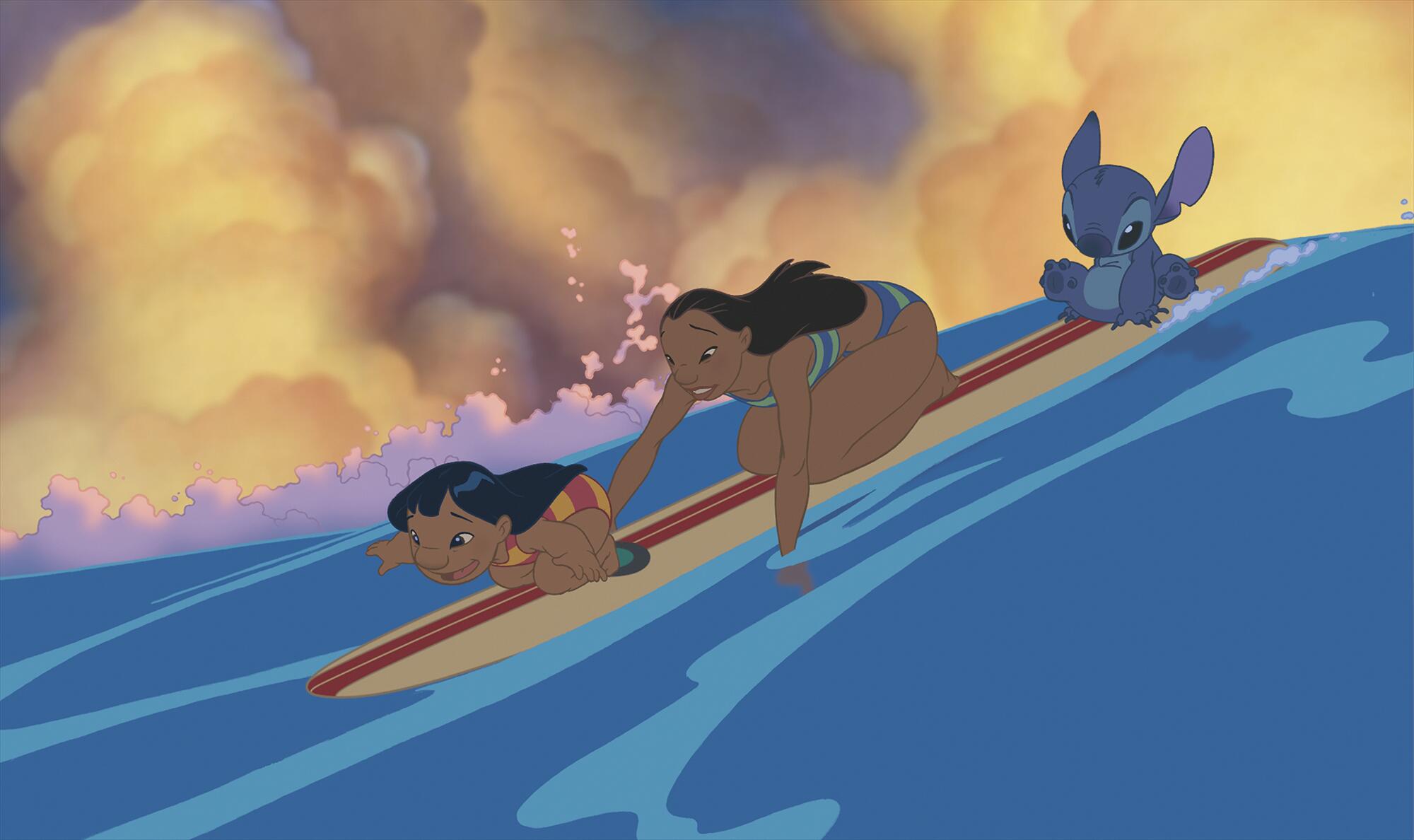
âI can definitely credit âLilo & Stitchâ as being one of the catalysts for my career. I had always wanted to go into something creative, and ... seeing that behind-the-scenes process that they were so willing to share with us as kids was really fascinating.â
While laying down tracks at a small studio in Honolulu, Kanagusuku and her classmates felt like âactual recording artists.â They sang âHe Mele No Liloâ and âHawaiian Roller Coaster Rideâ what seemed like 1,000 times, taking breaks and giving one another massages in between takes to stay loose and energized.
âWe were used to practicing, but this was practice to a whole ânother level,â Kanagusuku said. âWe had mics in front of us. We got to wear these earphones ... Even though it was repetitive ... I donât think any of us ever really complained.â
Less than a year later, the choir flew to L.A. for the âLilo & Stitchâ premiere and heard their voices synced up with the animation on the big screen. Following a cold open teasing Stitchâs crash-landing on Kauai, a colorful title sequence set to âHe Mele No Liloâ introduced moviegoers to Lilo and her island home for the first time with an elegant hula.
The opening credits are âso reminiscent of old Hawaii,â Kanagusuku said. âIt made me feel really proud to be able to have this full Hawaiian song be the opening song. ... To be able to share our culture and our language was a really powerful thing.â
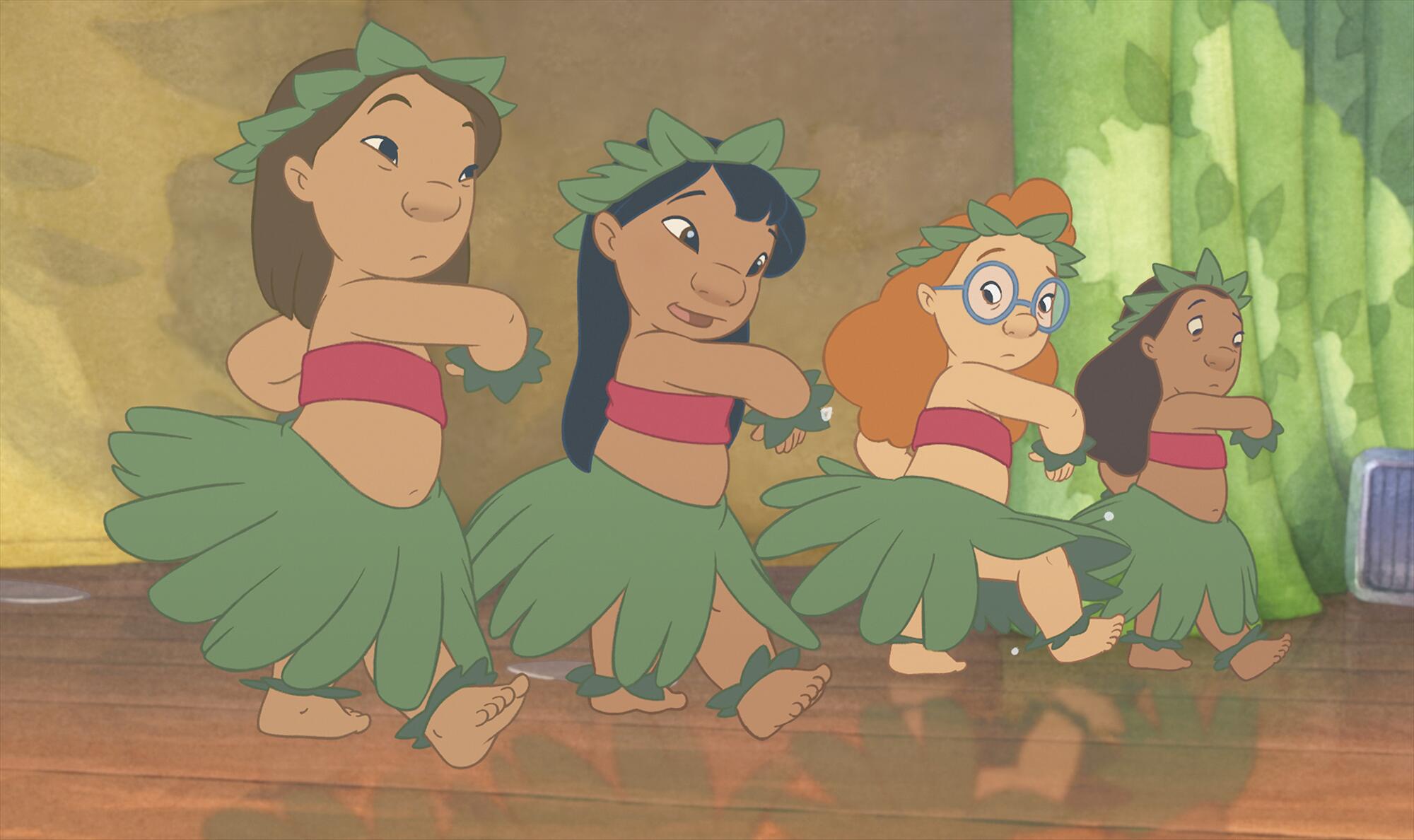
âThereâs one particular part of the song where theyâre all moving forward and aligned together in the hula, and itâs just such a cool scene visually to watch,â Justice added. âIt wasnât just impactful for us as kids ... For all the people of Hawaii, it was really touching and a way for everyone to be represented really well.â+
The filmâs enduring popularity has continued to affect Bright, Iona, Kanagusuku and Justiceâs lives in both direct and unexpected ways.
While Justice was studying at Azusa Pacific University in Southern California, for example, the Pacific Islanders club performed a hula to âHe Mele No Liloâ during its annual luau. Justice wasnât inclined to say anything, but another student who grew up with her already knew about her fame â and soon so did everybody else.
For the most part, Justice and her peers appreciate those kinds of happy coincidences â even though they can be a little awkward at times.
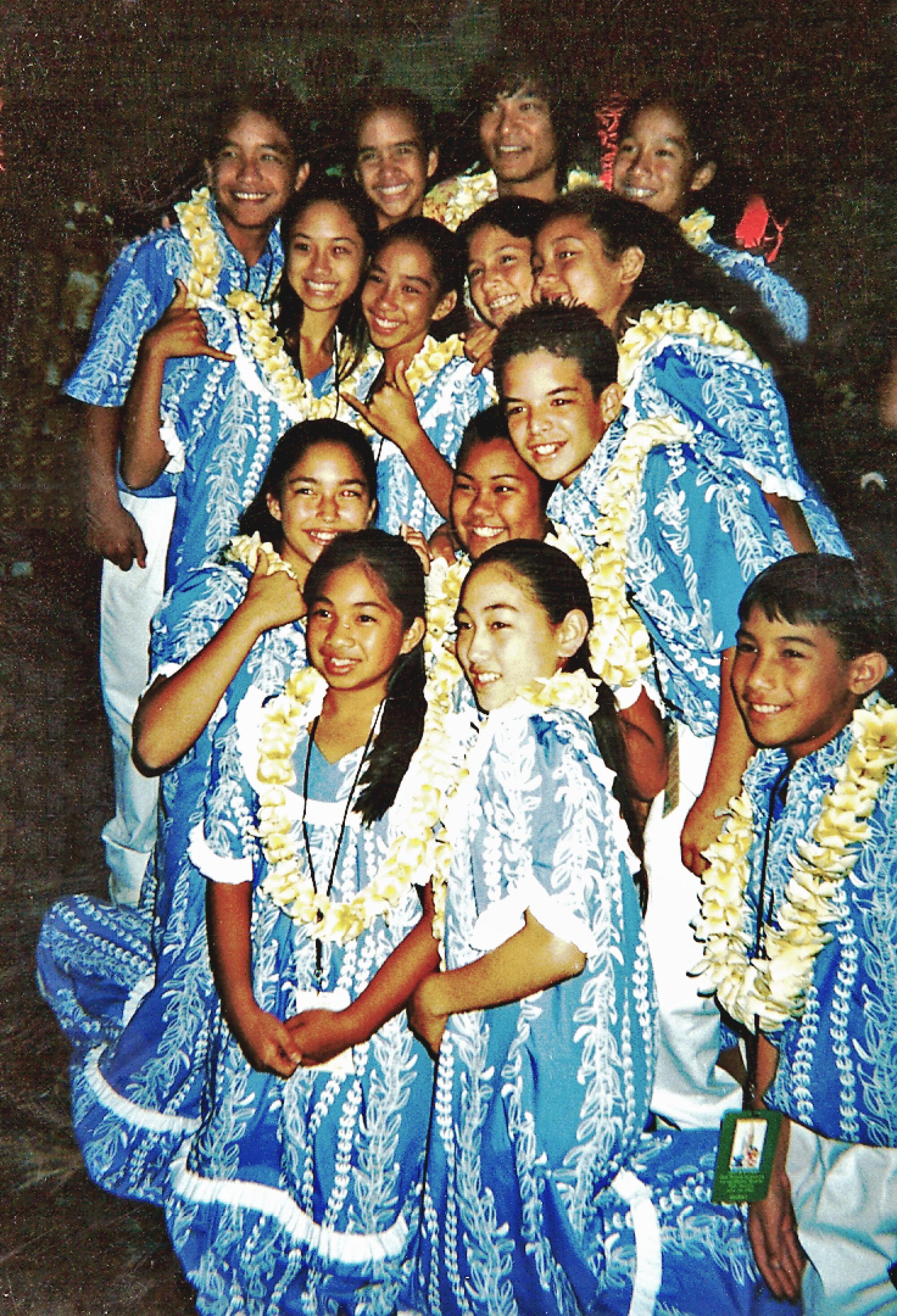
âI get people that ask me to sing [the songs] a lot,â she said. âBut I donât know what happened to my voice, because it [was] much higher than I remember it being, and [the songs are] much harder to sing.â
Strangers often urge Iona to sing too on learning about his involvement in âLilo & Stitch.â Once, the movie was among his in-flight viewing options on a trip to Europe. One thing led to another, and he wound up indulging his seat mate by singing âa few barsâ from the soundtrack on the plane.
âPeople are just so enthusiastic when they find out, because they grew up with it, and they recognize the music as being so iconic to the film,â Iona said.
âThey may not know the lyrics exactly to âHe Mele No Lilo,â but they know ... the feeling that it imparted into the film and what it brought for them as kids and now adults about what it means to be from Hawaii â or what Hawaii was for them if they grew up on the continent. Itâs really cool to have those type of exchanges.â
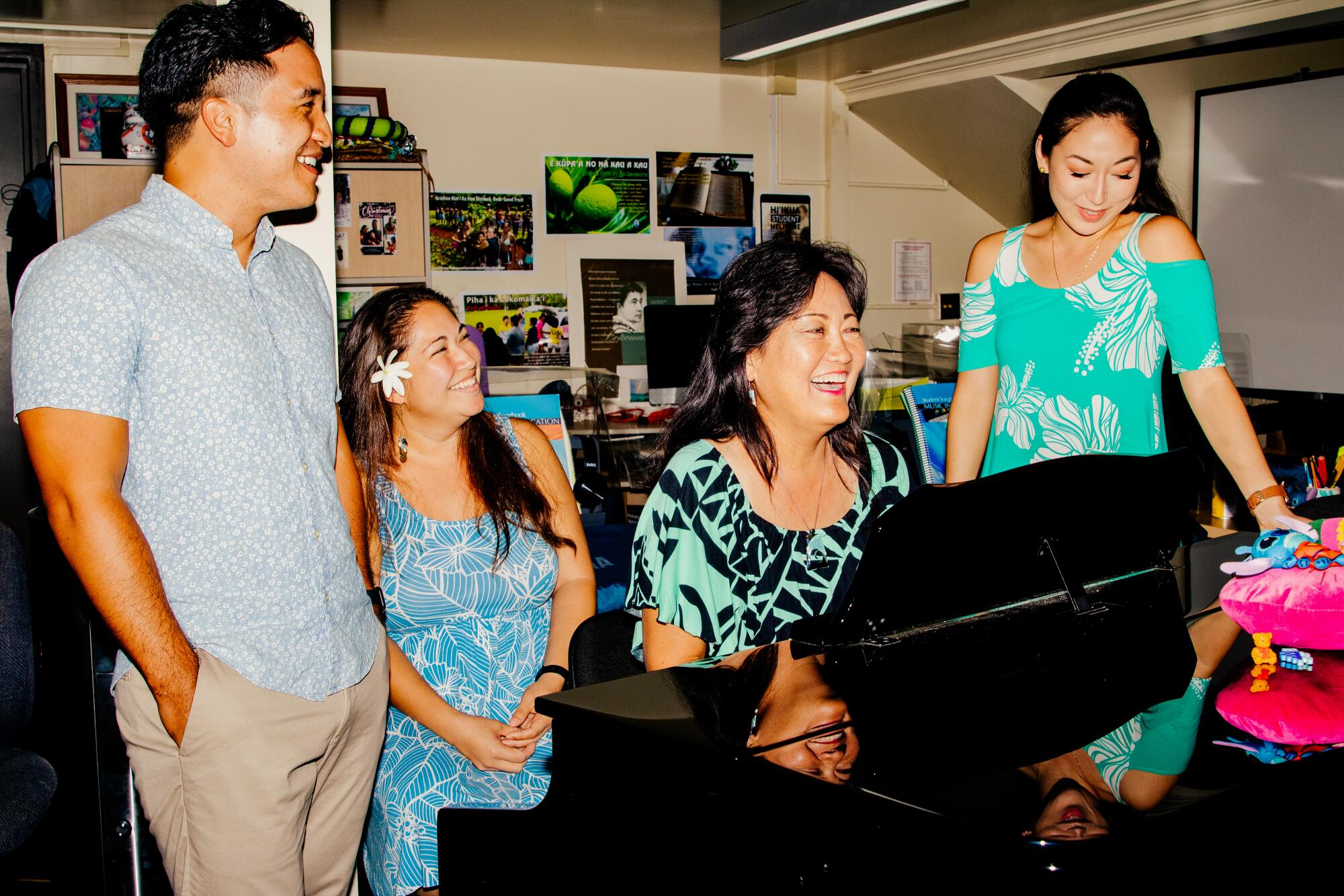
On countless occasions, Bright has heard âHe Mele No Liloâ and âHawaiian Roller Coaster Rideâ wafting from a speaker at a shopping center or drifting through the breeze at her local park. And whenever Kanagusukuâs friends have children going through a âLilo & Stitchâ phase, they make sure to let her know theyâve been listening to the soundtrack over and over â and over â again.
âAll of us, weâve got some sort of beacon,â Kanagusuku says. âFor me, it brings a sense of happiness. We have such great memories from it, and so I just feel joy. ... I always sing along to it. If itâs far away, I mosey on toward the situation â whatever it is â and I try to figure out whatâs going on.â
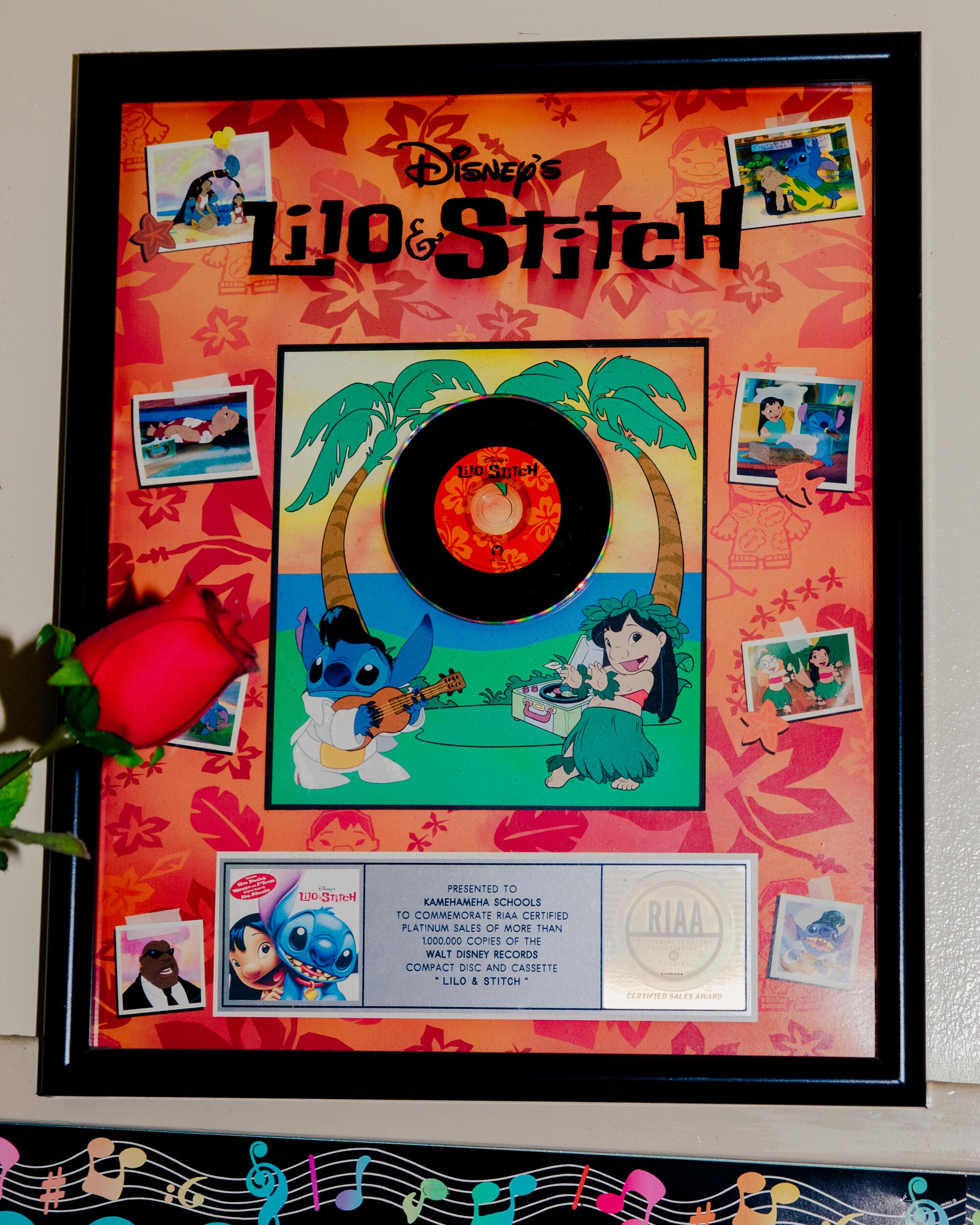
Not all of the former choir membersâ recent âLilo & Stitchâ encounters have happened by chance.
In an attempt to relive their glory days, Justice occasionally drives around Honolulu trying to find the studio where they recorded the soundtrack. She doesnât know for sure if sheâs ever passed by the nondescript building, but she somehow feels like she has.
Meanwhile, Iona settled in for a âCOVID watchâ of the title on Disney+ at least once over the last year and reflected on how the story resonated with him then versus now.
âYouâre so entranced by the idea of this alien coming to Hawaii as a kid, and thatâs pretty much all you get,â Iona said.
âAll these themes of what it means to be family, coming together from a broken family, making a family out of the people that support you and lift you up ... thatâs just so much more meaningful as an adult and something that makes this film as timeless as it is.â
While practicing family medicine on Oahu, Kanagusuku will sometimes sing or play parts of the âLilo & Stitchâ songs for her patients. Usually, the children canât fathom their doctor ever âbeing a young personâ or âdoing performing arts,â she said. Much like the Kamehameha graduatesâ younger selves, the kids donât quite get it.
But the parents do.
ââLilo & Stitchâ and choir and music in general really shaped my life,â Kanagusuku said. âMrs. Bright was saying ... the kids in the choir donât necessarily realize how theyâve impacted the people in the audience. I donât know if sheâs actually realized how much she and music have impacted all of us.â

More to Read
Only good movies
Get the Indie Focus newsletter, Mark Olsen's weekly guide to the world of cinema.
You may occasionally receive promotional content from the Los Angeles Times.












